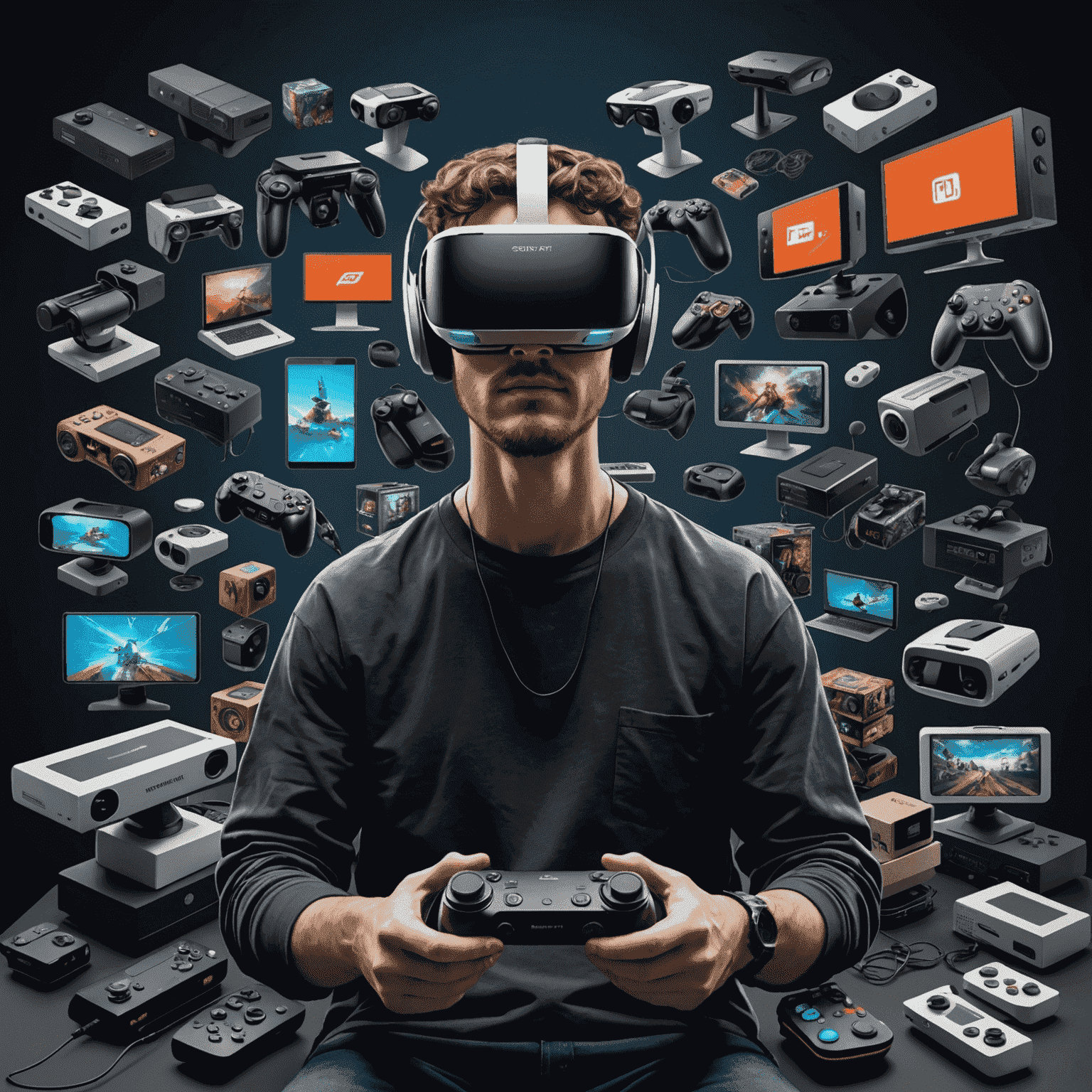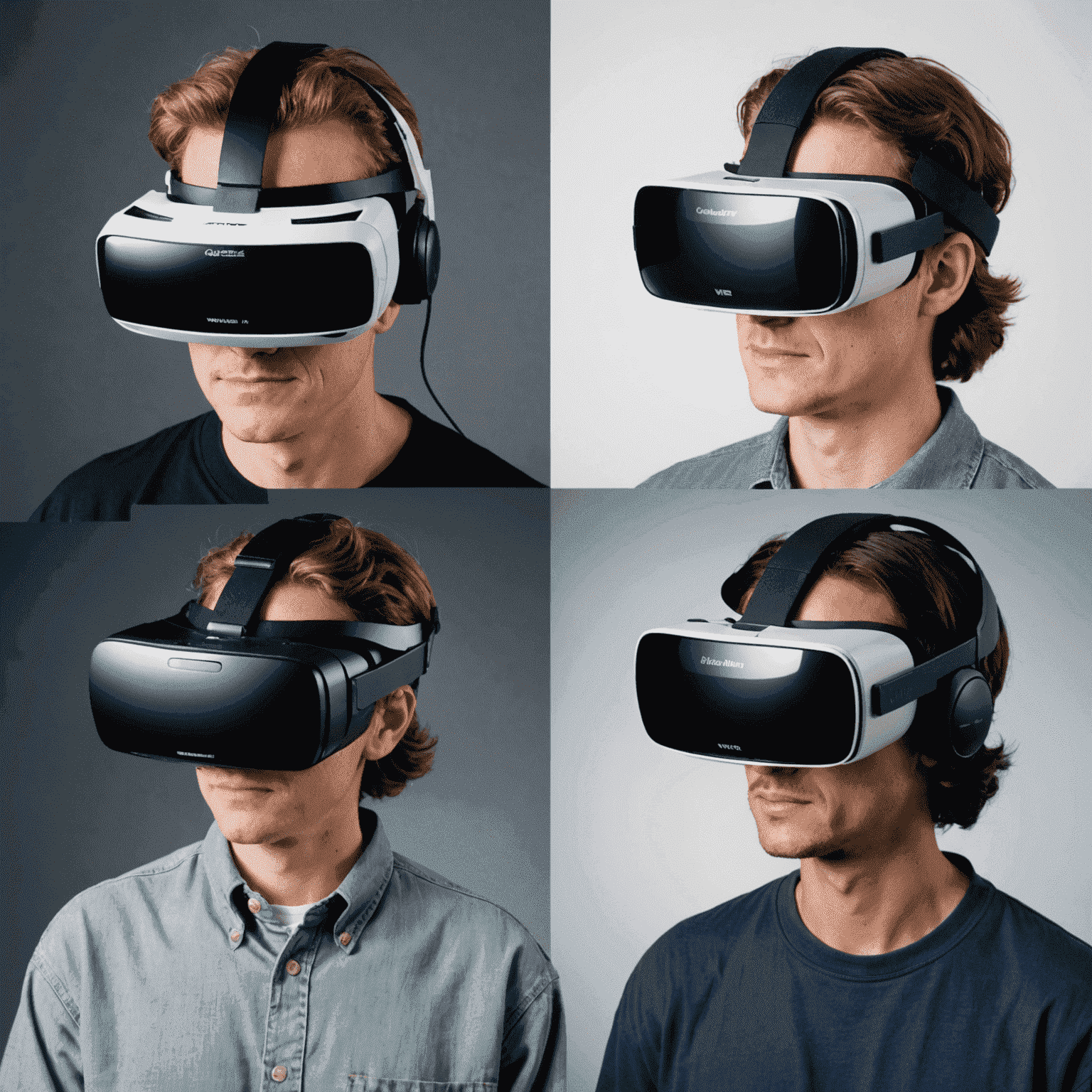The Evolution of VR Gaming

Over the past decade, virtual reality (VR) has revolutionized the gaming industry, transforming how we interact with digital worlds and redefining immersive experiences. This article explores the journey of VR gaming from its early days to its current state, highlighting key milestones and technological advancements.
The Early Days of VR Gaming
Virtual reality in gaming can trace its roots back to the 1990s with primitive headsets and limited graphics. However, these early attempts were plagued by issues such as motion sickness and low-resolution displays, hindering widespread adoption.
The VR Renaissance
The true VR gaming revolution began in the 2010s with the introduction of more advanced headsets like the Oculus Rift and HTC Vive. These devices offered higher resolutions, better tracking, and more comfortable designs, paving the way for a new era of immersive gaming.

Breakthrough Titles
As VR technology improved, so did the quality of games. Titles like "Beat Saber," "Half-Life: Alyx," and "Superhot VR" showcased the unique possibilities of VR gaming, offering experiences that were impossible with traditional gaming setups.
The Impact on Game Design
VR has forced developers to rethink game design principles. Issues like player comfort, intuitive controls, and spatial audio have become crucial considerations. This has led to innovative gameplay mechanics and new genres tailored specifically for VR.
Accessibility and Affordability
One of the biggest challenges for VR gaming has been accessibility. However, with the introduction of more affordable headsets like the Oculus Quest series, VR gaming has become increasingly accessible to a wider audience.

The Future of VR Gaming
As we look to the future, VR gaming continues to evolve. Advancements in haptic feedback, eye-tracking technology, and wireless capabilities promise even more immersive experiences. The integration of VR with other technologies like augmented reality (AR) also opens up exciting possibilities for mixed reality gaming.
Conclusion
The evolution of VR gaming over the past decade has been nothing short of remarkable. From clunky, limited experiences to fully immersive worlds, VR has transformed the gaming landscape. As technology continues to advance, we can only imagine what the next decade will bring to the world of virtual reality gaming.